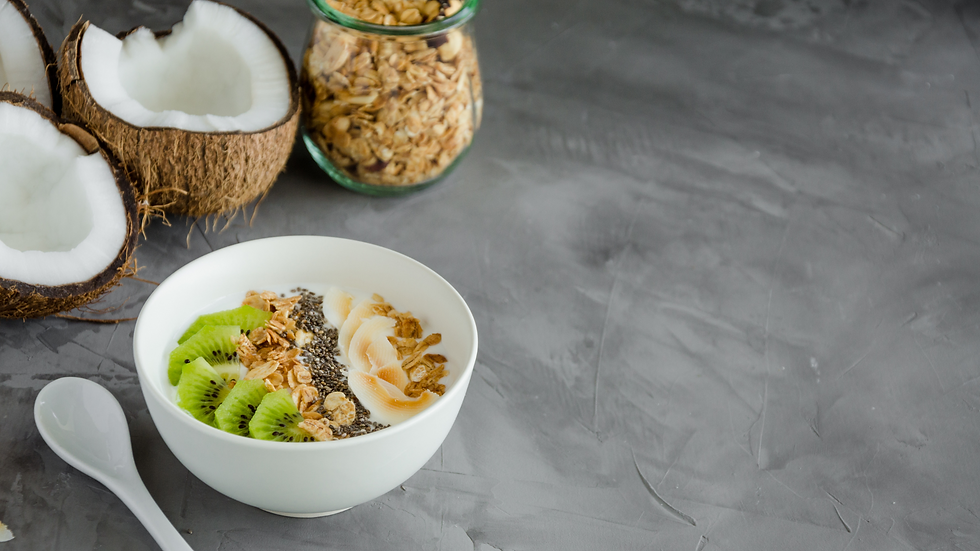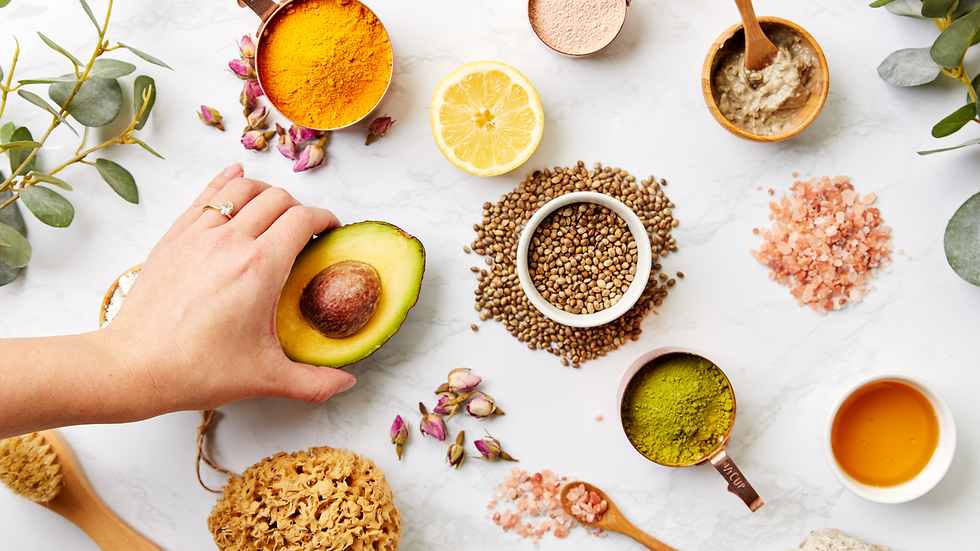Does Our Health Have to Cost us an Arm and a Leg?
- Nov 12, 2014
- 4 min read
Updated: Jun 17, 2024
A hot topic amongst my students and clients is whether it is affordable to be healthy! Natural products have begun to be the new fad in society now and I am absolutely stoked that we are choosing to look into healthier and more natural ways of doing things, but I am also concerned that it is still of the belief structure that it has to cost us a premium to do this.
What is the difference between good quality and good products? Is treating your family with Complimentary Medicines such as Naturopathy and Homeopathy more expensive?
My answer is that the whole natural way of life does require us to be a bit more self responsible, and therefore more savvy in our approach. There is a wealth of information available to us now in terms of healthy living and it is up to us to heed this information. We live in the age of social media and Google, and this is putting information in our laps, but it is also up to us to discern this information and look for guidance or alternative supportive information when we are unsure.
How do you choose your health advice? How did you come to trust them?
Within my clinic are patients from all walks of life and socio-economic backgrounds. They are all here for the same reason however, and that is to be pro-active about their health and the health of their families. I work with people from a financial standpoint that they can afford and one of the main reasons I loved homeopathy in the first place is for it’s ability to be cheap.
I just love how you get to see families go from one year of being really sick repetitively to the next year rarely ever or with less intensity.
Making your lifestyle healthy is equally important and simultaneously does not need to be expensive. With so many great recipe blogs, yoga studios or YouTube classes, online forums and courses, there is no reason why we cannot harness them all into a more balanced daily circuit.
Coconut yoghurt is my latest love – well that and a Cacao chai combo – and here is a recipe that I have been using for a few months which allows me to make it at the fraction of the cost of a bought one, it is courtesy of www.greenlivingaustralia.com – they also have a great Kombucha recipe which provides a cheap daily probiotic for the family.

Coconut Yoghurt
Make Coconut Yoghurt using Mild or Tangy (Dairy Based) Yoghurt Culture or make Vegan Coconut Yoghurt using Non-Dairy Yoghurt Culture.
Your Ingredients
Approximately 1 litre of Coconut Cream
1 tablespoon or so of sugar, or alternative food source for the culture, such as honey
2 to 3 teaspoons of Classic Pectin
1 dose of Yoghurt Starter Culture
You will require a whisk
Note:- The amount of culture used for one litre is very small.
Directions
1 litre of Coconut Milk/Cream, poured into your yoghurt maker bowl, or saucepan.
Add 1 tablespoon or so of honey/sugar, and mix in thoroughly.
The sugar, honey, agave nectar, maple syrup or golden syrup, is added as a food source for the living culture. If your Coconut Yoghurt is too sweet, you can try reducing the amount, but this is a bit of a balancing act between too sweet, and the culture not having enough complex carbohydrates to eat.
Into this whisk the Classic Pectin, adding the pectin, sprinkled in small amounts on top of the
coconut milk/cream.
Pectin added to liquid will clump very easily, so do this carefully, if using sugar as the food for the culture, mix the pectin and the sugar, and this will help make mixing it in easier. The Pectin acts as a thickener, and is essential, although alternative thickeners may be used. The feedback is that not all pectins work as well as the Classic Pectin, so check the ingredients, and if there is a list, then any one of those other ingredients may change the outcome.
Bring your mixture to 40° C, and add the culture and mix well
Maintain the milk mixture between 37° and 43° C for 18-24 hours.
You may notice a separation of the pectin and the yoghurt after a few hours, this can be stirred back in.
A thermos style yoghurt maker will have directions on maintaining the heat. The only change required here is that in an EasiYo system for example, you should not fill the external container so high with boiling water, as to have it come in direct contact with the yoghurt container as this may scald, and kill some culture. Just fill it to the level of the hole in the baffle, and this will give you the benefit of a heat reservoir, without risking scalding or killing the culture.
If you do not have a yoghurt maker, then place your jar in an Esky and add warm water, but do not have very hot, or boiling water, in direct contact with the jar. You can also wrap your jar in a blanket, and place it in a warm place; on top of the hot water heater works well in my laundry.
To check if your yogurt is ready, taste test it. The longer the incubation period at 40° C, the stronger the flavour of the yoghurt should become.
Chill for a few hours, then serve, you can also add a Probiotic culture at the same time as the Yoghurt Culture if you wish.
The firmness and consistency will depend on the amount of pectin used, this can be varied to your personal taste. You may also have different results depending on the brand of coconut milk/cream used.
This coconut yoghurt, will have varied results based on the quality of the ingredients, and the amounts used. You should experiment until you have an end result you are happy with.
Coconut yogurt is just one example of how making your lifestyle healthier doesn't have to be expensive. It is possible to create a balanced and affordable wellness routine that fits our budget and lifestyle.

So the take home is – it does not have to be expensive to be healthy and you don’t even have to do much homework these days to resource information about health, you just have to discern what is good information and seek help when unsure.
Happy searching!

M x
.png)




Comments